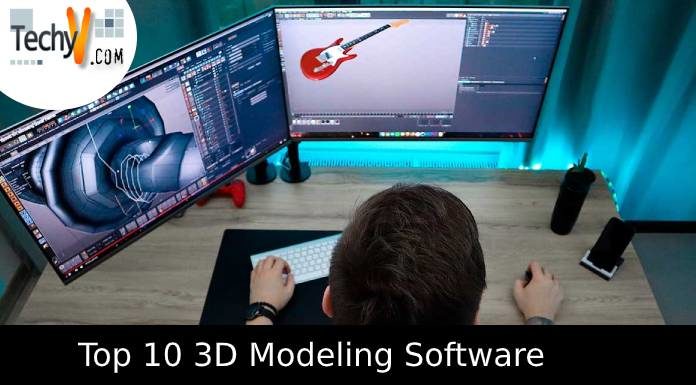Unreal Engine 5 is the current version of Epic Games’ creation platform. Many games which will be released in the future are confirmed to utilize it. It comes with huge improvements, giant leaps in performance, especially in rendering high graphics games, and was also used in the film “The Matrix Resurrections.” UE5 enhances graphical fidelity greatly by removing the need for developers to separately define how an object is lit substituting a universal lighting engine and the level of detail visible, which it does by dynamically scaling down the highest fidelity model.
Features
1. World Building
Unreal Engine comes with the Unreal Editor, an integrated development environment available on Linux, macOS, and Windows for content authoring and game level development. Below is the image

Before
Of fog effects before and after Project Setting Support Sky Atmosphere Affecting Height Fog is enabled.

After
2. Animation
It is now easier to create and control complex animation behaviors with Animation Blueprints. It is a specialized Blueprint that holds the animation of a Skeletal Mesh. Another great tool included in it is called Sequencer. It is designed by film and TV professionals, and it will help you to unlock your creative potential with a fully non-linear, real-time cinematic editing and animation tool built for collaboration.
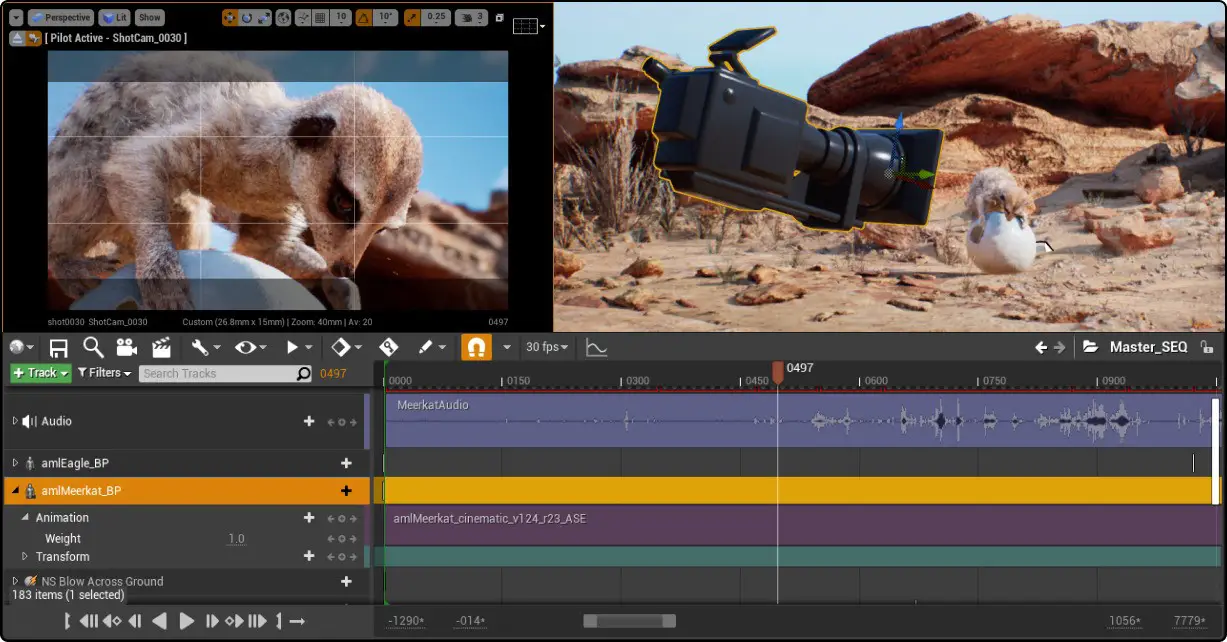
3. Rendering, Lighting And Materials
Virtual texturing uses textual data from converted textures on disk and reduces texture memory overhead for lightmaps and detailed UDIM UV artist-created textures. Lumen is another powerful tool that lets you create believable scenes where indirect lighting adapts on the fly to changes to direct lighting or geometry-for example, changing the sun’s angle according to the time of day, when turning on a flashlight, or opening an exterior door.

4. Gameplay & Interactivity Authoring
Unreal Engine 5 provides AI-controlled characters with the increased spatial awareness of the world around them and enables them to make more competent movements with its gameplay framework and AI system, controlled through blueprints or Behaviour Trees. Unreal also allows you to create UI elements such as in-game/in-application HUDs, menus, or other interface-related graphics you wish to present to your users with the UMG visual UI authoring tool.

5. Virtual Production
It enables you to render real-time content at any resolution and to display it on multiple physical or projected screens such as Powerwalls, domes, CAVEs, and LED volumes. It also enables users to make settings from any device that hosts a web browser, including mobile devices, via a drag and drop Ui builder and fully REST-compliant-API. For example, You could control lighting from LED volumes on set from an iPad at your comfort.
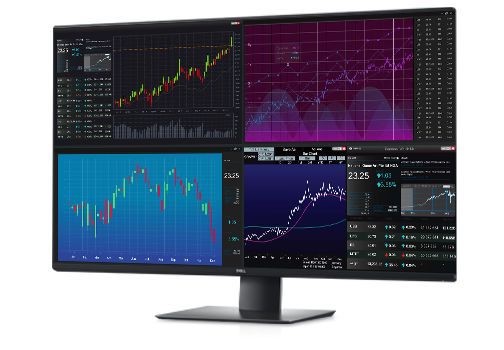
6. Simulation And Effects
Chaos is Unreal Engine’s next-generation high-performance physics system. Using Chaos’s Destruction feature, you get the ability to do things like fracture, shatter, and demolish massive-scale scenes at cinematic quality with unprecedented levels of artistic control. It also supports static mesh dynamics, cloth, hair, vehicles, and rigid-body animation.
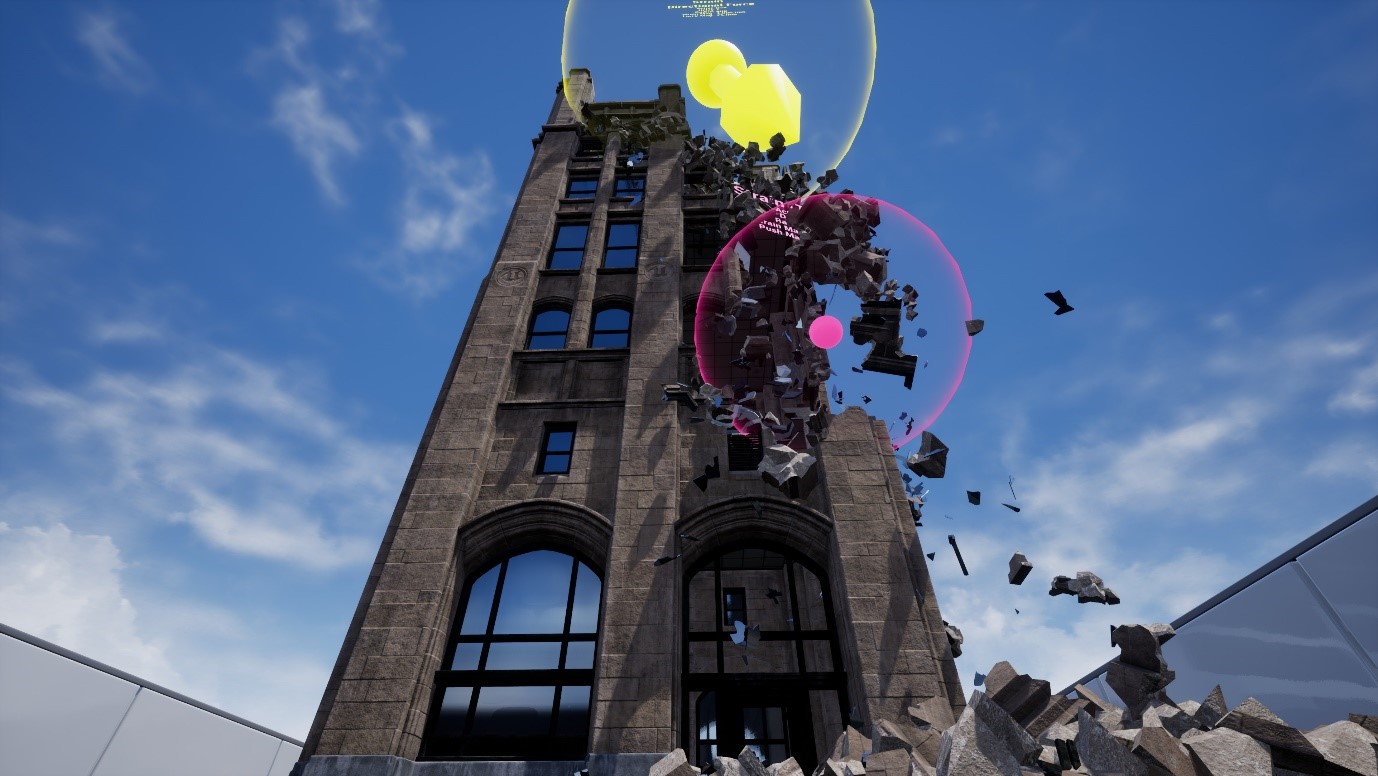
7. Pipeline Integration
Datasmith allows you to convert entire scenes- including animations and metadata-from 3ds Max, Revit, SketchUp Pro, Catia, and supports a host of other DCC, CAD, and BIM formats at high fidelity with Datasmith. Non-destructive re-importing means you can continue to iterate in your source package without losing downstream changes.

8. Integration Media Support
Unreal Engine offers support for 4K UHD video and audio I/O at high bit depths and frame rates on a range of AJA video Systems and Blackmagic cards, enabling the integration of AR and CG graphics into live broadcasts transmissions. With full support for timecode and genlock, it ensures synchronization between multiple different video feeds and signal processing devices. Unreal Audio Engine enhances your project’s audio with a rich audio feature set that includes real-time synthesis, dynamic DSP effects, physical audio propagation modeling, OSC support, layered Sound Concurrency, etc.
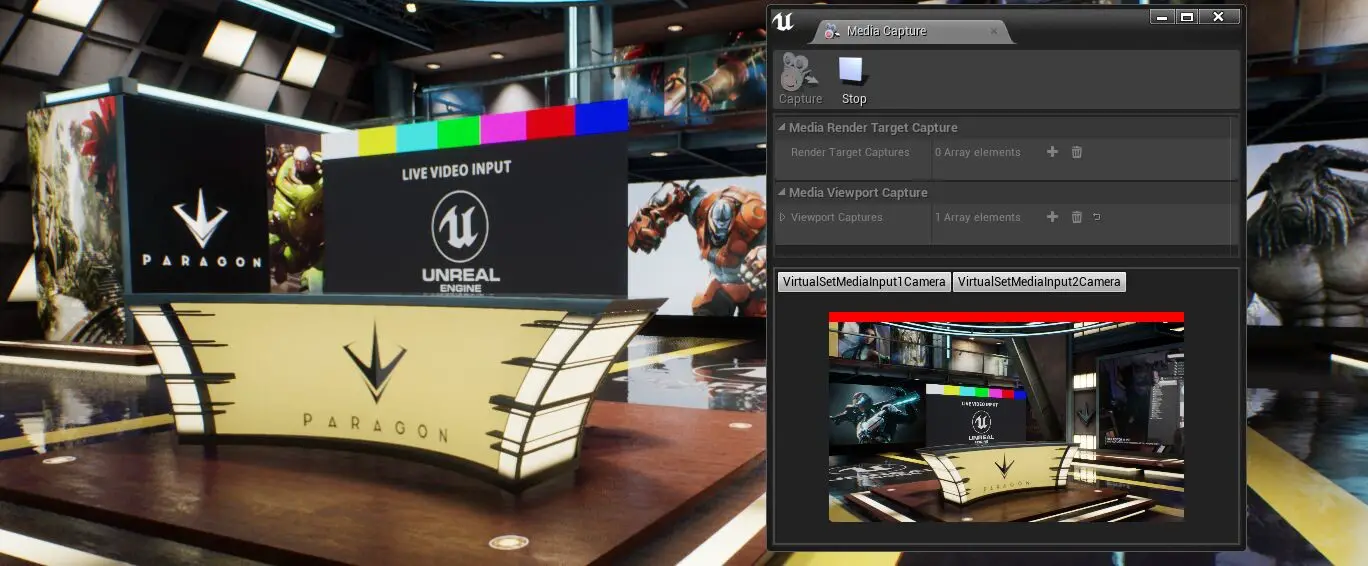
9. Developer Tools
With free access to the complete C++ source code, you can study, customize, extend, and debug the entire Unreal Engine and complete your project without obstruction. Their source code repository on GitHub is continually updated as they develop features in their own mainline, so you don’t even have to wait for the next product release. This means that you always have access to the latest and most reliable software. With a robust C++ API, you can add new classes to extend Unreal Engine’s functionality. It would help designers immensely as now; they can then use Blueprint to create custom gameplay or interactions from these building blocks. The feature of Live Coding enables you to compile your changes without shutting down the Unreal Editor, so you can quickly test your progress.

10. Platform Support
Unreal Engine opens up a wide range of possibilities by which you can deliver content on a comprehensive range of devices such as desktop, console, and mobile platforms, including Windows, macOS, and Linux PCs; PS 4, PS 5, Xbox, Nintendo Switch; and iOS and Android mobile devices. Unreal Engine provides the best-quality solution for creating augmented reality (AR), virtual reality (VR), and mixed reality (MR) experiences, thanks to native integration with the most popular platforms which include the latest technologies such as Oculus VR, SteamVR, HoloLens 2, PlayStation VR2, ARKit, and ARCore. And with support for OpenXR, you can future-proof your applications for new devices.








